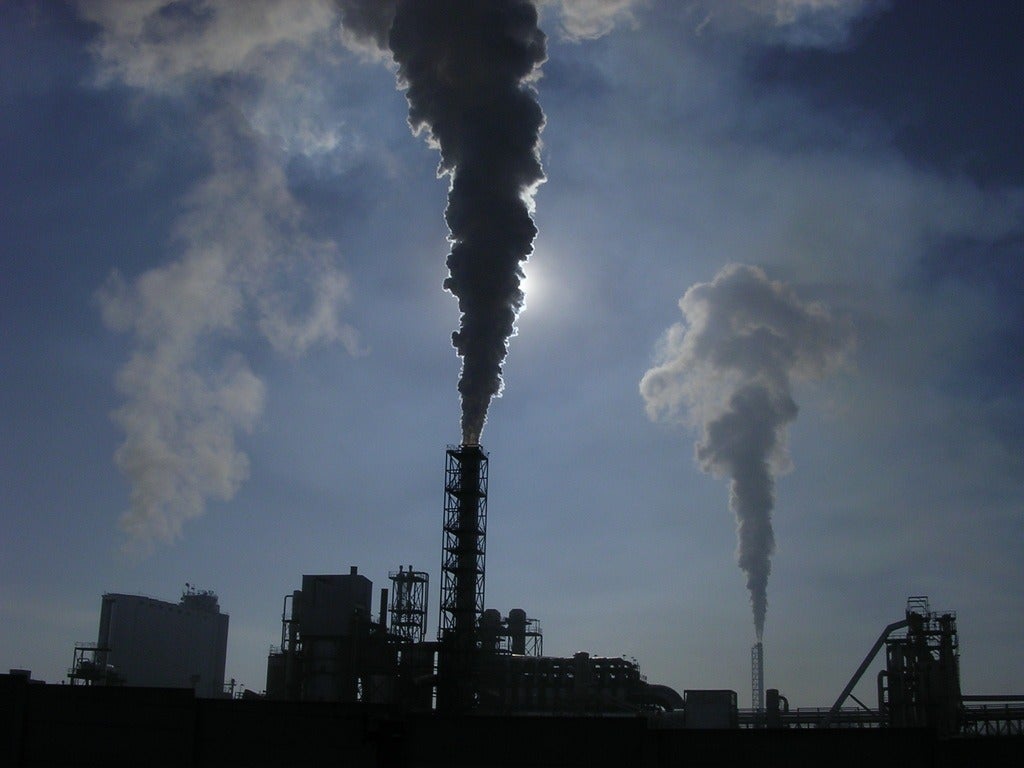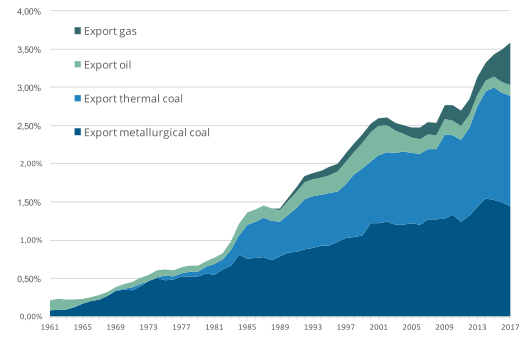
A new study has found Australia could be responsible for more than 17% of global emissions by 2030 if the goals set out by the Paris Agreement are met by its other signatories.
The research by Climate Analytics, a non-profit science and policy institute based in Berlin, suggests that if it continues its current trend, Australia’s emissions output will be roughly 15% higher in 2030 than they were in 2005.
“This report confirms Australia is on track to become one of the world’s worst contributors to climate damage,” said the Australian Conservation Foundation’s Climate Change & Clean Energy programme manager, Gavan McFadzean.
“Burning coal and gas is the number one cause of the climate crisis and Australia is now the number one exporter of both, with quantities projected to increase dramatically in coming years.”

How Australia could become major contributor to global emissions
Australia currently accounts for about 5% of global emissions through its coal, oil and gas exports, as well as its domestic industrial production, according to Climate Analytics.
The non-profit organisation shows the country’s carbon footprint per capita currently surpasses China by a factor of 9, the US by a factor of 4 and India by a factor of 37, while it remains joint-fifth in the world for total emissions.
Several major projects in the pipeline look set to make the projections laid out in its report come to fruition, including Indian multinational Adani Group’s Carmichael mine in Queensland.
“When we add Australia’s exported emissions to our domestic emissions, Australia rockets to equal fifth on the list of major global climate polluters, alongside Russia and behind only India, the European Union, the USA and China.
“If Adani’s mine and all the other coal mines proposed for the region reach full production by 2030, the Galilee Basin on its own could account for up to 5.45% of global climate pollution in 2030.
“LNG is also a large and growing pollution problem, with Australia on track to become the world’s biggest LNG exporter, producing around a fifth of the world’s LNG.
“Australia’s planned fossil fuel expansions contradict global efforts to address climate change and are completely inconsistent with the global energy transition that is needed to meet the critical Paris Agreement goals of keeping global warming under a 2C threshold and pursuing efforts to avoid passing a 1.5C threshold.
“Instead of encouraging new fossil fuel projects, a responsible Federal Government would recognise that most of Australia’s fossil fuel reserves must stay in the ground and would facilitate the necessary rapid transition to clean, renewable energy, while working actively to support communities that will be affected by this transition.”
Stalled carbon capture and storage project not helping Australia’s cause
Much of Australia’s bid to cap its emissions had been placed on the Gorgon carbon capture and storage project but the $54bn facility has yet to meet its full potential.
Sold on the promise of limiting its own emissions by 40% by burying up to four million tonnes of CO2 each year, the gargantuan project has yet to make good on its commitment more than three years after it began producing LNG in March 2016.
Its developer, US-based Chevron, is bound by a deal with the Western Australian government to capture 80% of emissions from a submerged gas field over a five-year period and bury them in its reservoir 2km beneath Barrow Island in Western Australia.
The company claims its facility will remain an “important pillar of the Australian economy for decades to come”, with its ability to produce 20,000 barrels of condensate per day being key to the world’s growing demand for clean fuel.






